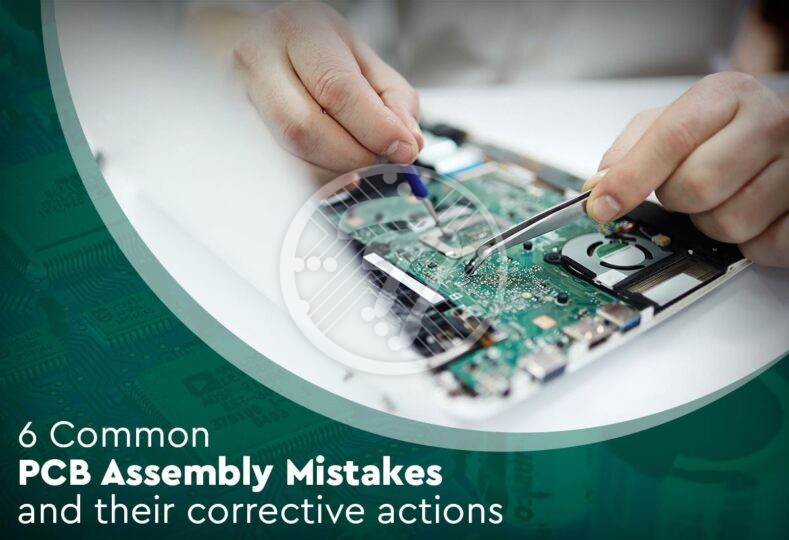8 Things to Help in PCB Assembly That You Must Know

So you are working on your prototype and are keen that it goes into production? Here are some things that you absolutely must keep in mind so that the subsequent phases are not full of overwhelm and costly mistakes can be avoided. Read on:
8 Things that Help in Electronic PCB Assembly
Communication
There is nothing quite like communicating clearly with your PCB Assembly manufacturer. In fact, they can be a huge resource for you when it comes to apprising you of new product techniques, industry best practices and more. As for communication from your end, ensure that everything is laid out clearly. The designators that go into each part, polarity markings and the like deserve your attention. Similarly ensure that polarity markings especially with LEDs aren’t swapped between the cathode and anode. Also ensure that reference designators are kept off vias and other such spots where the text might be broken and therefore hard to read.
Structure
To ensure that issues aren’t faced during PCB assembly, it is important that you stick to tried and tested standards. For example what kind of PCB finish that you are looking at or what is the heaviness of copper. It is advisable to stick to 3 fiduciaries with a common component orientation.
PCB Production Cost
It is best to look for ways to optimize production costs early on. However it is important to gauge the pros and cons associated with every decision. For example, offshoring PCB assembly may look like a probable way to reduce costs. What you need to keep in mind there are the risks associated with below-par parts as that can offset not just the cost advantage but also prove to be risky when it comes to company reputation. The other aspect to watch out for is to do with delays when it comes to timely delivery as that too can have costly consequences. Check out the some of the biggest influences that affect PCB Manufacturing Cost.
Naming
Another very important thing to pay attention to is to do with markings of components in your design. Ensure that there is proper labeling of all components in the design and they are numbered as well. This will take care of any issues that can arise out of any differences in nomenclature.
Low availability parts
You definitely do not want a situation where you are ready with the design but cannot move ahead on account of the fact that a particular part isn’t available or that it is a sole-sourced part. It is better to go with parts that are widely available so that you do not lose precious time.
PCB Board Efficiency
Improved board efficiency demands that as far as possible you stick to standard board sizes. For example, 406mm x 508mm and 305mm x 457mm are ideal. Bigger doesn’t always mean better. While a large board will be easier to route, but may mean increased costs. On the other hand while a small board may lend itself to easier inspections, it may cost more on account of extra layers. It is best to go with standard sizes, therefore. Similarly well-designed component footprints are another must-have.
Watch out for PCB manufacturing issues
In PCB manufacturing, thermal issues can arise when placing large components adjacent to smaller ones. For example, a large component might prevent the solder for a smaller component from melting completely. Similarly, internal copper planes could overlap only partially, affecting only half of the component. Being vigilant about these thermal challenges in PCB manufacturing can help avoid potential errors that could derail the entire project.
Double check all files
Last but definitely not the least, double check all files before they are sent out. Ensure that the bills of materials are updated. In case you are sending the parts kit, it will help to cross check that all the parts are in order and that the part numbers are suitably marked.
The above will ensure that the assembly process does not brim with issues that cost you money and effort and delay your time to market.
Technotronix offers professional Electronic PCB Assembly with 40 years of expertise. Our accurate PCB assembly process meets the quality standards, including ISO-9001:2015, RoHS, and more. You can rely on our PCB design tools that, in turn, lead to that perfect PCB Assembly. Our superior engineering capabilities mean that each board matches your exact requirements and technical specifications. If you have any questions or any requirements related to PCB assembly service, please feel free to contact us via email at [email protected] or call at 714/630-9200.









